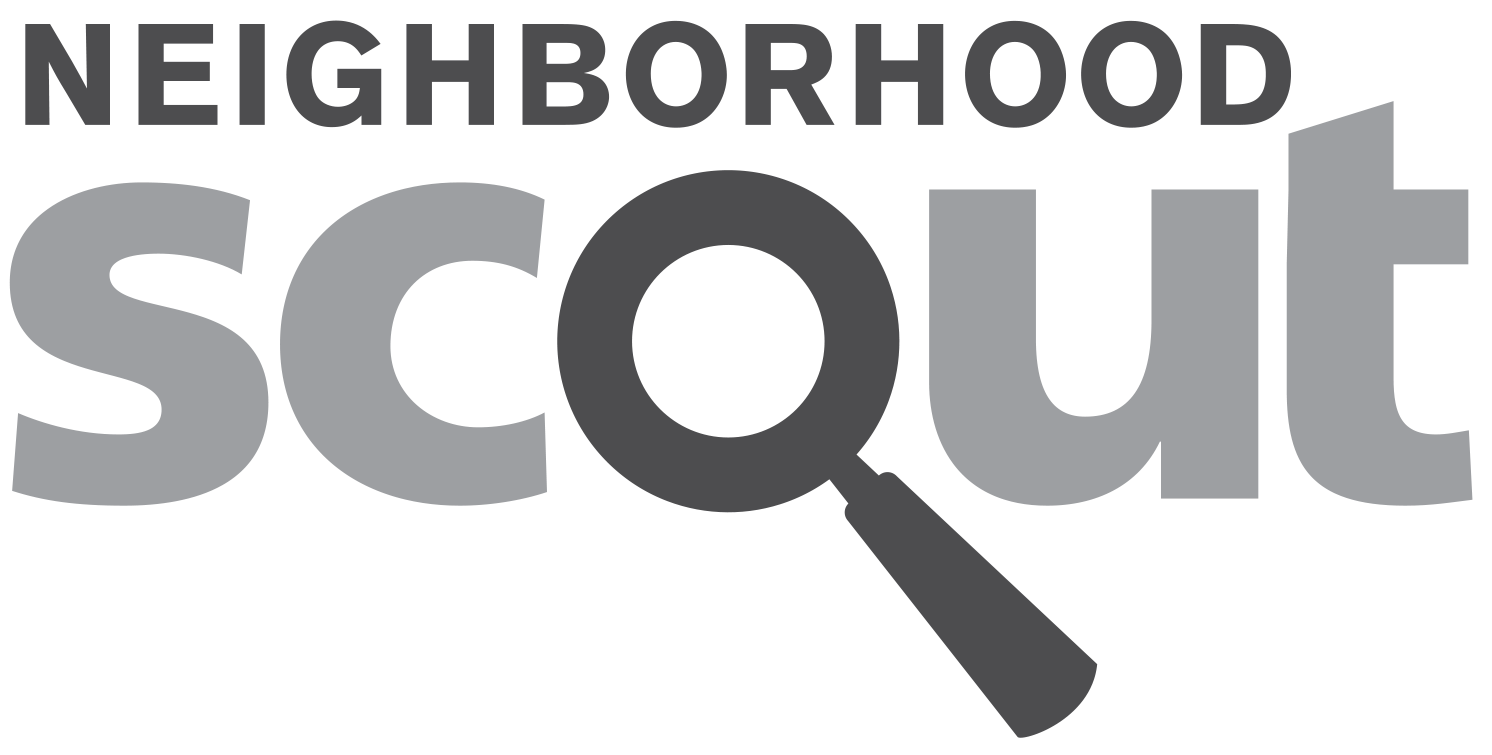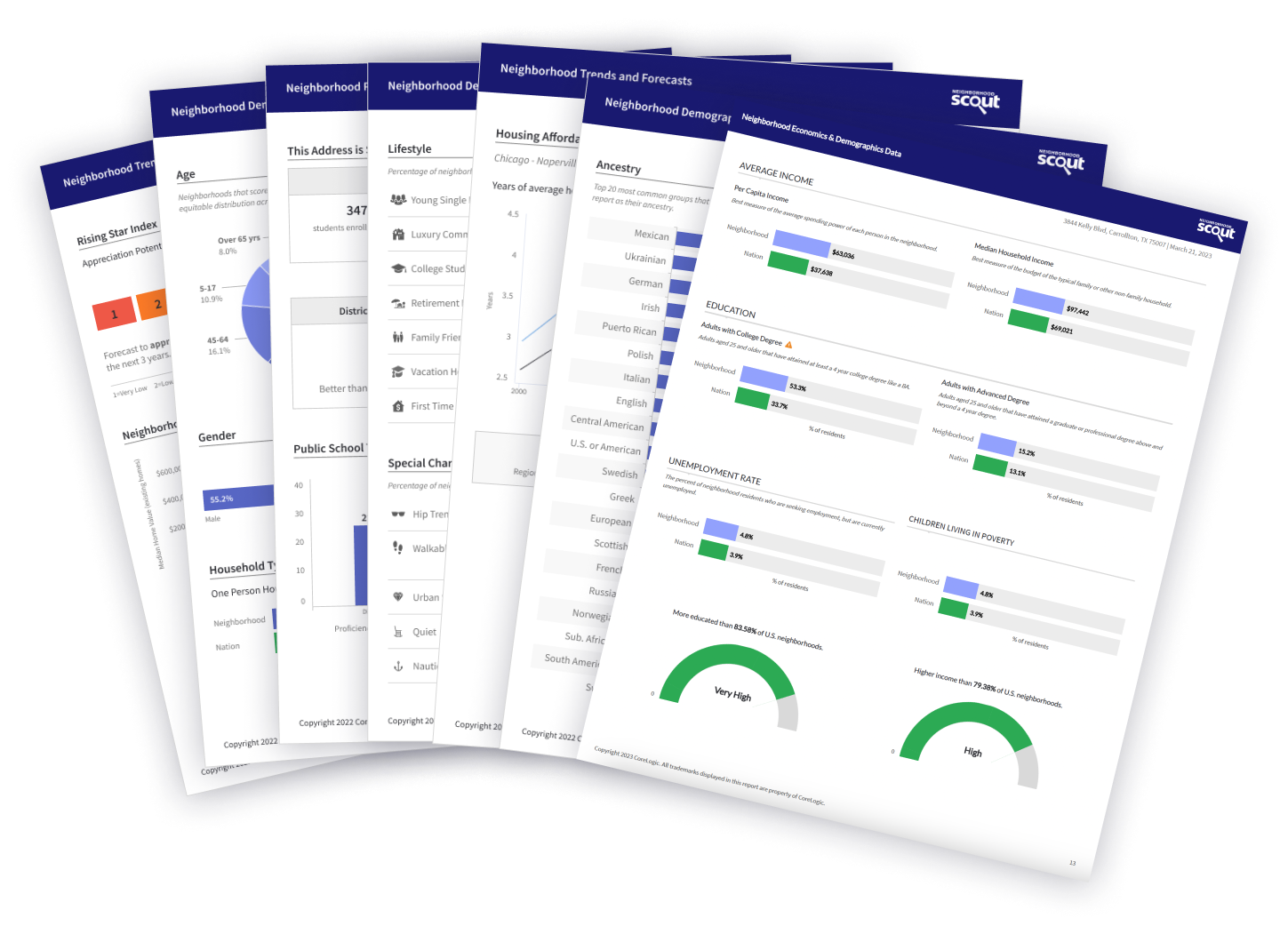Kingsessing median real estate price is $130,506, which is less expensive than 88.9% of Pennsylvania neighborhoods and 91.4% of all U.S. neighborhoods.
The average rental price in Kingsessing is currently $2,035, based on NeighborhoodScout's exclusive analysis. The average rental cost in this neighborhood is higher than 64.8% of the neighborhoods in Pennsylvania.
Kingsessing is a densely urban neighborhood (based on population density) located in Philadelphia, Pennsylvania.
Kingsessing real estate is primarily made up of medium sized (three or four bedroom) to large (four, five or more bedroom) townhomes and small apartment buildings. Most of the residential real estate is occupied by a mixture of owners and renters. Many of the residences in the Kingsessing neighborhood are relatively historic, built no later than 1939, and in some cases, quite a bit earlier. A number of residences were also built between 1940 and 1969.
Vacant apartments or homes are a major fact of life in Kingsessing. The current real estate vacancy rate here is 22.2%. This is higher than the rate of vacancies in 89.3% of all U.S. neighborhoods. In addition, most vacant housing here is vacant year round. This can sometimes be the case in neighborhoods dominated by new construction that is not yet occupied. But often neighborhoods with vacancy rates this high are places that can be plagued by a protracted vacancy problem. If you live here, you may find that a number of buildings in your neighborhood are actually empty.
The way a neighborhood looks and feels when you walk or drive around it, from its setting, its buildings, and its flavor, can make all the difference. This neighborhood has some really cool things about the way it looks and feels as revealed by NeighborhoodScout's exclusive research. This might include anything from the housing stock to the types of households living here to how people get around.
Many people dream of living along a street lined with row houses or other attached homes. Such places do often have an abundance of charm. If you are one of these people, the Kingsessing neighborhood could be your paradise. With 83.6% of the homes and real estate here classified as rowhouses or other attached homes, this neighborhood brims with opportunity to find the right place for you. Only 0.2% of U.S. neighborhoods have more row houses than this neighborhood, making it one of the most interesting things about this special neighborhood.
In addition, if you like crowded places, then you will probably enjoy the the Kingsessing neighborhood. According to NeighborhoodScout's exclusive data analysis, this neighborhood is more densely populated than 96.1% of neighborhoods in the U.S., with 24,923 people per square mile living here. Being a walkable neighborhood can help increase property values for the simple reason that people enjoy it and value it. To put it plainly, despite our love affair with the automobile, American's enjoy taking to the streets, sidewalks, paths, and courtyards of a place to get a coffee, relax, and take in the sights and sounds. And, according to NeighborhoodScout's exclusive and first quantitative walkable score index, the Kingsessing neighborhood is one of the most walkable neighborhoods in America.
Furthermore, if you find historic homes and neighborhoods attractive, you love the details, the history, and the charm, then you are sure to be interested in this neighborhood. With 68.6% of the residential real estate in the Kingsessing neighborhood built no later than 1939, and some built considerably earlier, this neighborhood has a greater concentration of historic residences than 98.3% of all neighborhoods in America. In this regard, this neighborhood truly stands out as special.
More people ride the bus in this neighborhood each day to get to work than 99.8% of U.S. neighborhoods.
Also, in the Kingsessing neighborhood, 13.6% of people ride the train to work each day. This is a very high percentage compared to most places. In fact, NeighborhoodScout's analysis reveals that this is a higher level of train ridership than in 96.1% of the neighborhoods in America.
Single parenting is hard. But you don't have to tell the Kingsessing neighborhood about it; they already know. 24.6% of this neighborhood's households are run by single mothers, which is a higher concentration than NeighborhoodScout found in 98.7% of American neighborhoods. Further NeighborhoodScout research showed strong statistical correlations among high rates of children living in single parent households, and neighborhood crime, particularly violent crime, neighborhood poverty, and, importantly, the percentage of low weight births and rates of infant mortality.
In addition, an extraordinary 12.7% of the residents of the Kingsessing neighborhood are currently enrolled in college. This is such a large part of life in this neighborhood that the neighborhood changes a great deal with the change of semesters and is far quieter during the summer when many students are away.
We Americans love our cars. Not only are they a necessity for most Americans due to the shape of our neighborhoods and the distances between where we live, work, shop, and go to school, but we also fancy them. As a result, most households in America have one, two, or three cars. But NeighborhoodScout's exclusive analysis shows that the Kingsessing neighborhood has a highly unusual pattern of car ownership. 36.2% of the households in this neighborhood don't own a car at all. This is more carless households than NeighborhoodScout found in 97.8% of U.S. neighborhoods.
Did you know that the Kingsessing neighborhood has more Jamaican and Sub-Saharan African ancestry people living in it than nearly any neighborhood in America? It's true! In fact, 20.1% of this neighborhood's residents have Jamaican ancestry and 10.9% have Sub-Saharan African ancestry.
There are two complementary measures for understanding the income of a neighborhood's residents: the average and the extremes. While a neighborhood may be relatively wealthy overall, it is equally important to understand the rate of people - particularly children - who are living at or below the federal poverty line, which is extremely low income. Some neighborhoods with a lower average income may actually have a lower childhood poverty rate than another with a higher average income, and this helps us understand the conditions and character of a neighborhood.
The neighbors in the Kingsessing neighborhood in Philadelphia are low income, making it among the lowest income neighborhoods in America. NeighborhoodScout's research shows that this neighborhood has an income lower than 90.4% of U.S. neighborhoods. With 28.6% of the children here below the federal poverty line, this neighborhood has a higher rate of childhood poverty than 79.7% of U.S. neighborhoods.
A neighborhood is far different if it is dominated by enlisted military personnel rather than people who earn their living by farming. It is also different if most of the neighbors are clerical support or managers. What is wonderful is the sheer diversity of neighborhoods, allowing you to find the type that fits your lifestyle and aspirations.
In the Kingsessing neighborhood, 31.1% of the working population is employed in executive, management, and professional occupations. The second most important occupational group in this neighborhood is clerical, assistant, and tech support occupations, with 24.3% of the residents employed. Other residents here are employed in sales and service jobs, from major sales accounts, to working in fast food restaurants (22.9%), and 21.7% in manufacturing and laborer occupations.
Languages
The most common language spoken in the Kingsessing neighborhood is English, spoken by 93.4% of households. Some people also speak Arabic (2.1%).
Ethnicity / Ancestry
Culture is the shared learned behavior of peoples. Undeniably, different ethnicities and ancestries have different cultural traditions, and as a result, neighborhoods with concentrations of residents of one or another ethnicities or ancestries will express those cultures. It is what makes the North End in Boston so fun to visit for the Italian restaurants, bakeries, culture, and charm, and similarly, why people enjoy visiting Chinatown in San Francisco.
In the Kingsessing neighborhood in Philadelphia, PA, residents most commonly identify their ethnicity or ancestry as Jamaican (20.1%). There are also a number of people of Sub-Saharan African ancestry (10.9%), and residents who report Italian roots (3.4%), and some of the residents are also of Irish ancestry (1.6%), along with some Asian ancestry residents (1.5%), among others. In addition, 16.9% of the residents of this neighborhood were born in another country.
How you get to work – car, bus, train or other means – and how much of your day it takes to do so is a large quality of life and financial issue. Especially with gasoline prices rising and expected to continue doing so, the length and means of one's commute can be a financial burden. Some neighborhoods are physically located so that many residents have to drive in their own car, others are set up so many walk to work, or can take a train, bus, or bike. The greatest number of commuters in Kingsessing neighborhood spend between 45 minutes and one hour commuting one-way to work (41.3% of working residents), longer and tougher than most commutes in America.
Here most residents (51.6%) drive alone in a private automobile to get to work. In addition, quite a number also ride the bus to get to work (32.7%) and 13.6% of residents also take the train for their daily commute. In a neighborhood like this, as in most of the nation, many residents find owning a car useful for getting to work.

